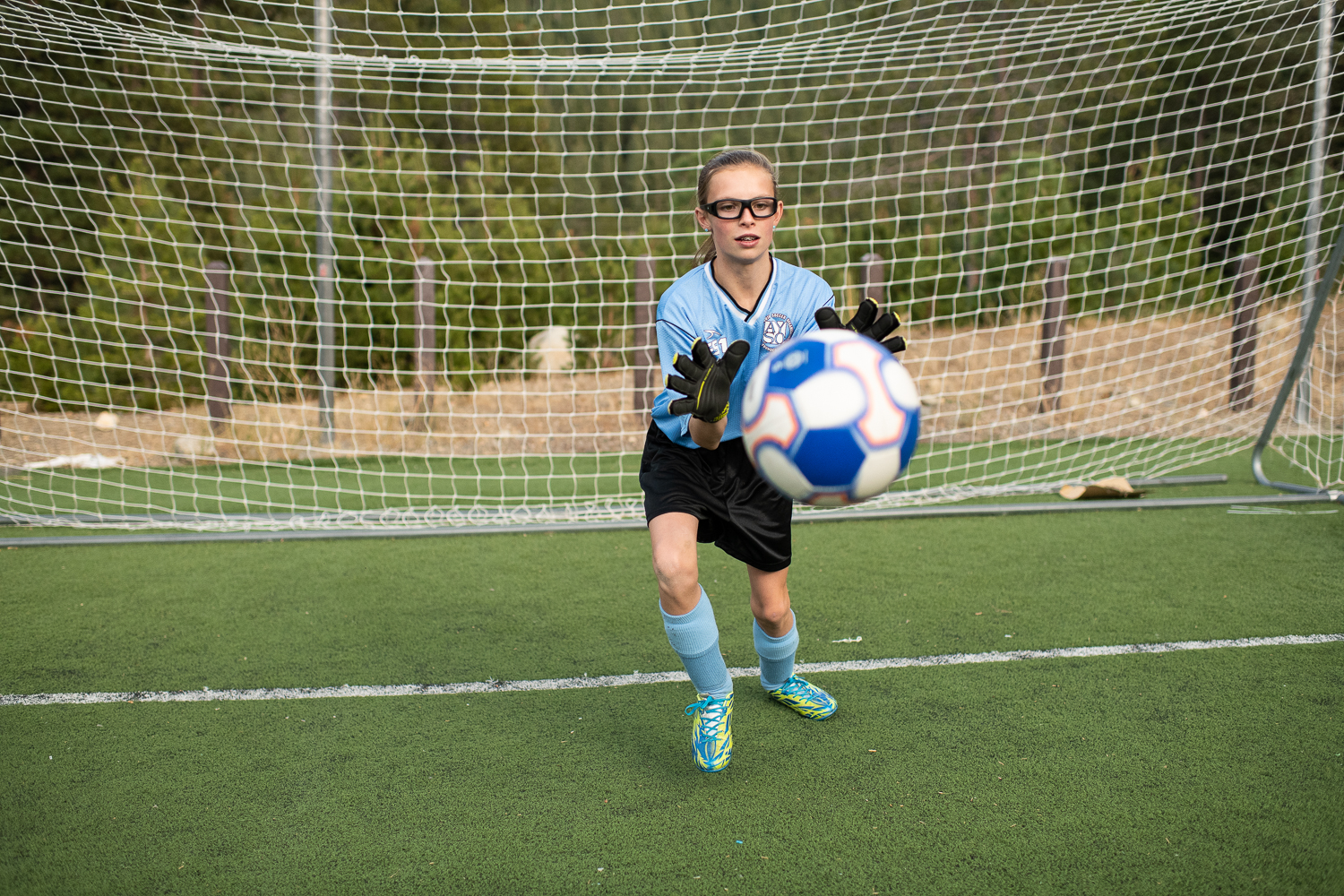
Preventing Sports-Related Eye Injuries
The best way to prevent a sports-related eye injury is to wear sport-specific protective eyewear that fits properly. Glasses or contacts do not provide the eye protection needed during sports or other activities. Here are some helpful tips to consider when purchasing protective eyewear:
- All protective eyewear should meet American Standards for Testing and Materials' (ASTM) impact standards.
- Lenses should be made from polycarbonate materials. These lenses provide the highest level of protection and can withstand the impact from a ball or other projectile traveling at up to 90 miles per hour.
- Everyday fashion or corrective eyewear does not offer the same protection as protective eyewear labeled for sport use. For example, on impact, the lenses in regular eyeglasses can easily pop out and puncture or cut the eye. Similarly, a frame damaged by impact could also cause injury.
- Protective eyewear can be purchased at sporting goods stores as well as at eye care providers' offices.
When you wear the proper protection while engaging in sporting activities, thousands of eye injuries can be prevented each year. And it’s not just football, hockey, lacrosse, or baseball that demand protection – almost any sport you can imagine can cause eye injuries. For example, the high speed of handballs compresses the ball enough to protrude through the opening of the eyewear and cause serious eye damage. All goggles worn for handball and racquetball should include impact-resistant polycarbonate lenses for adequate protection during these sports.